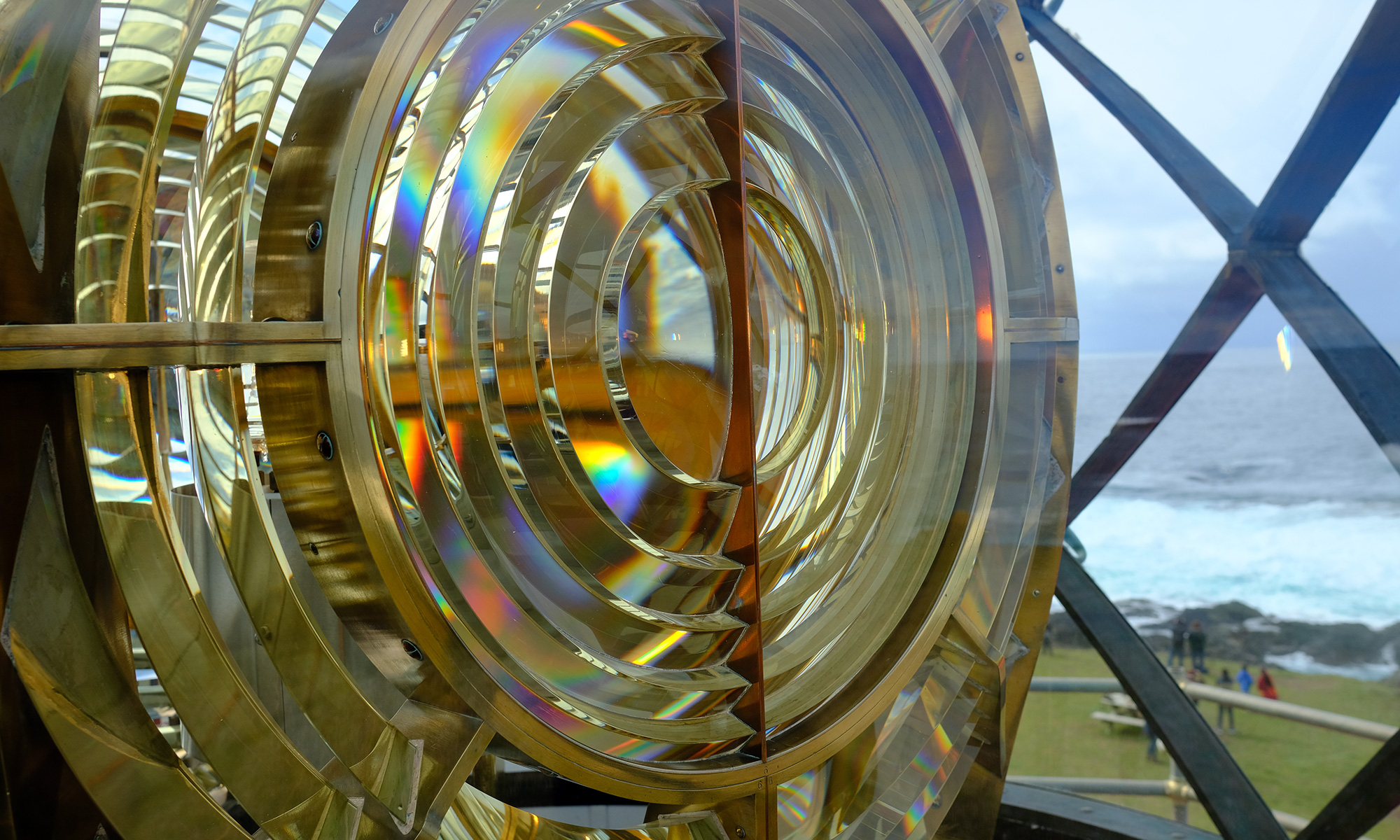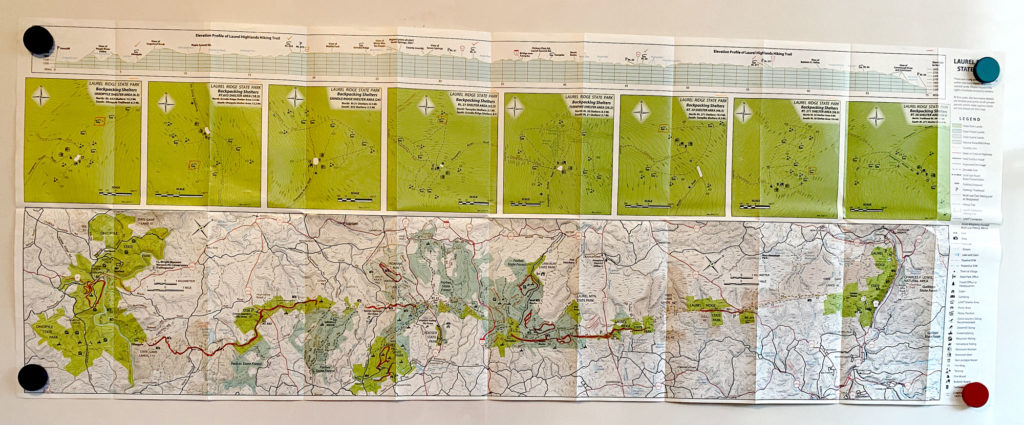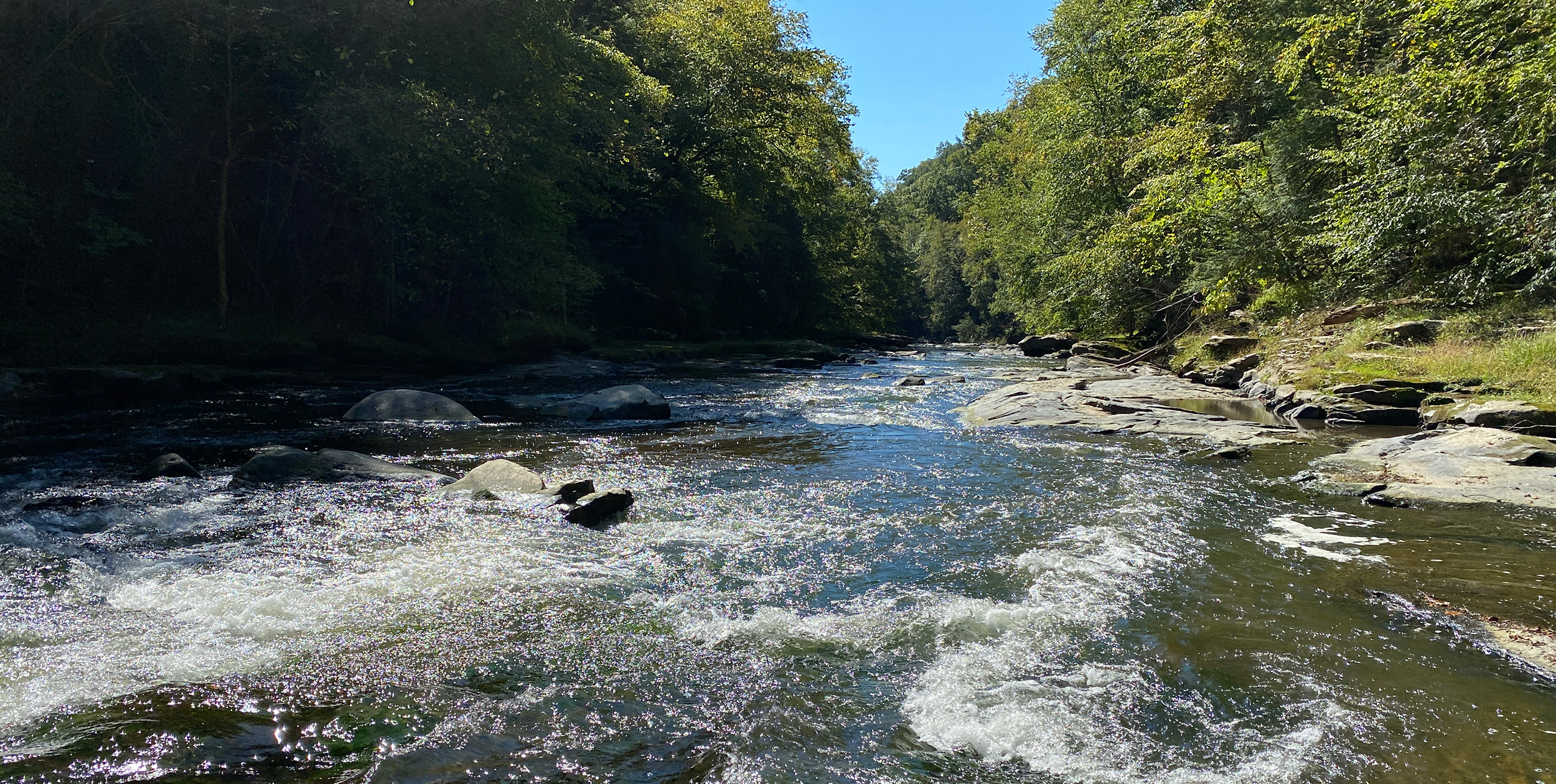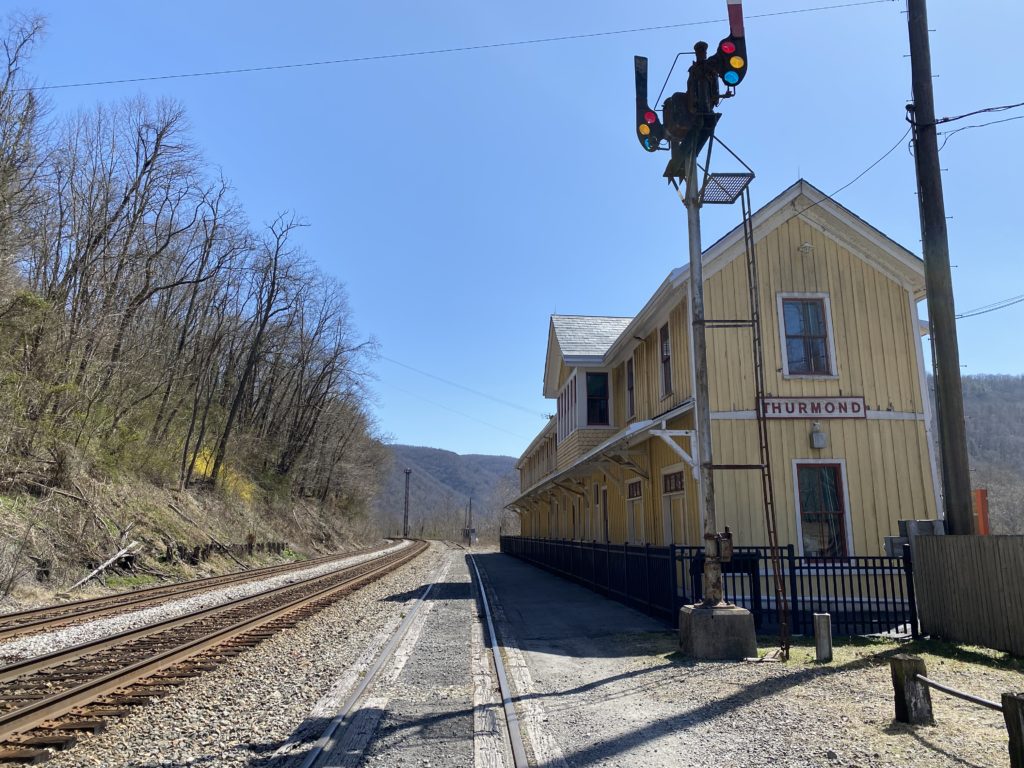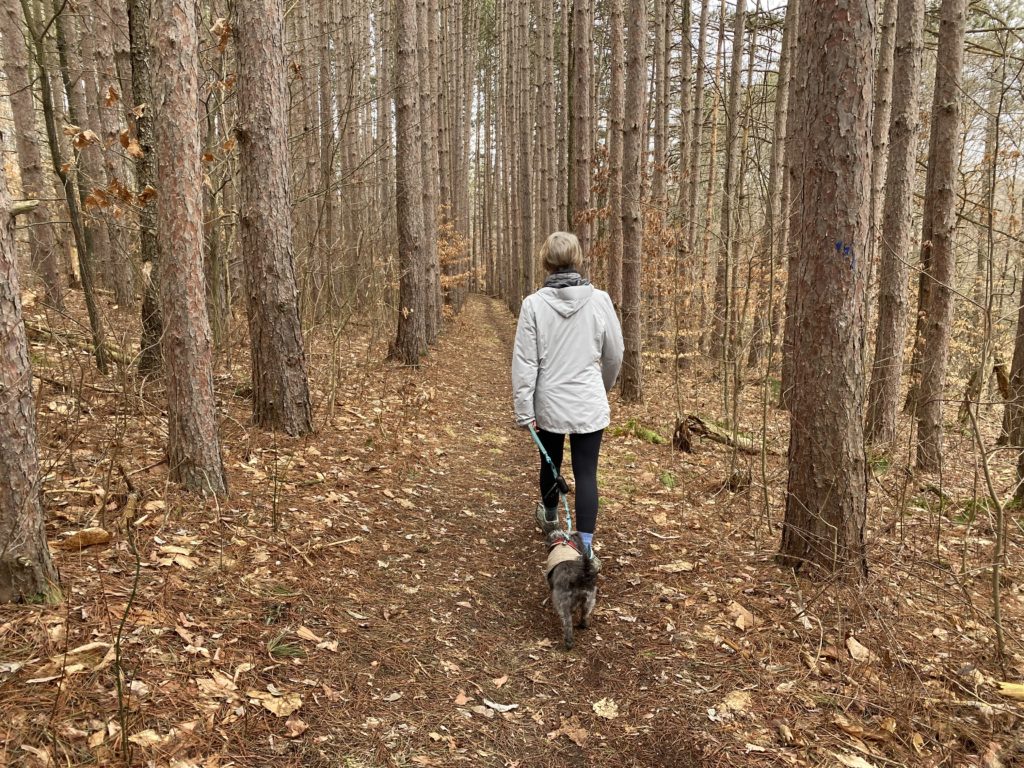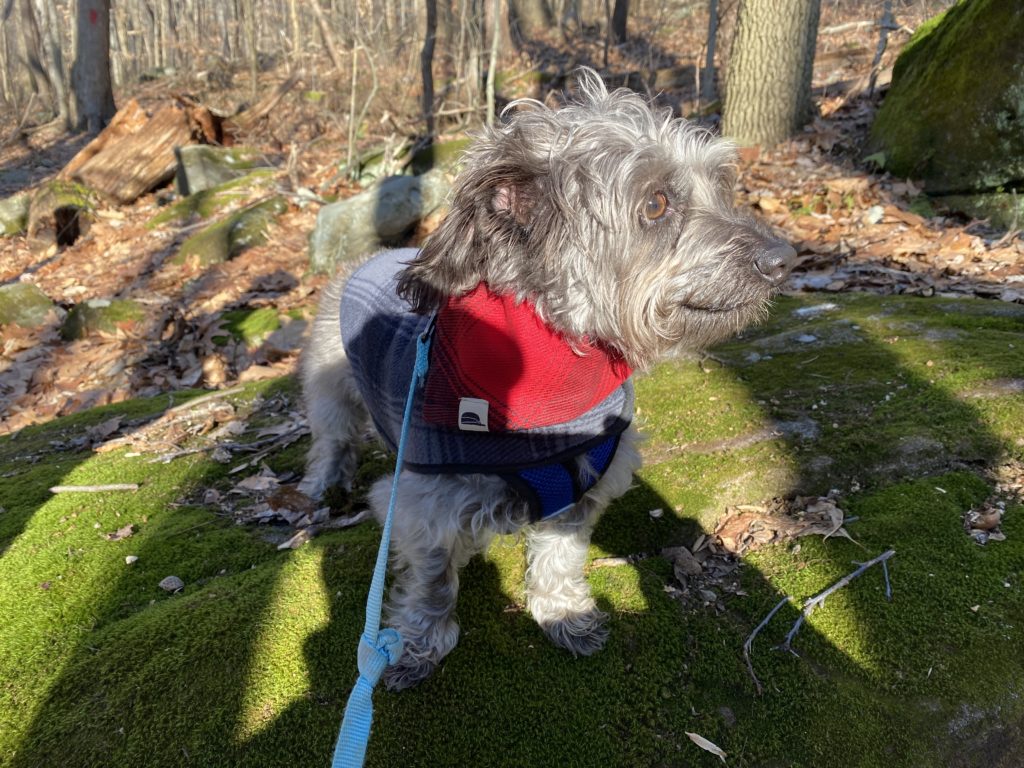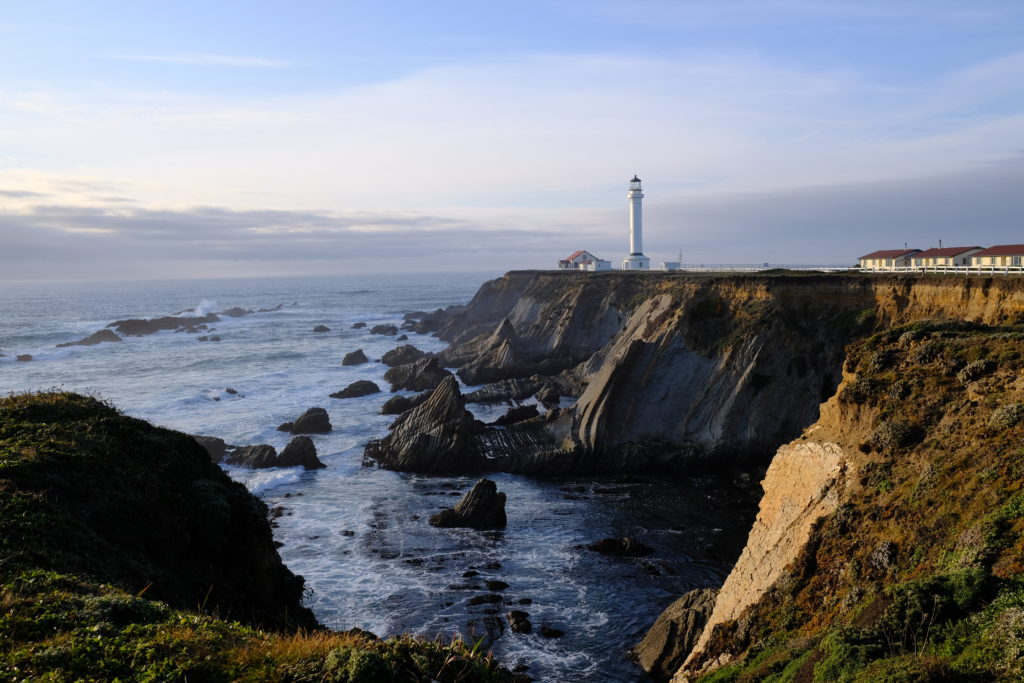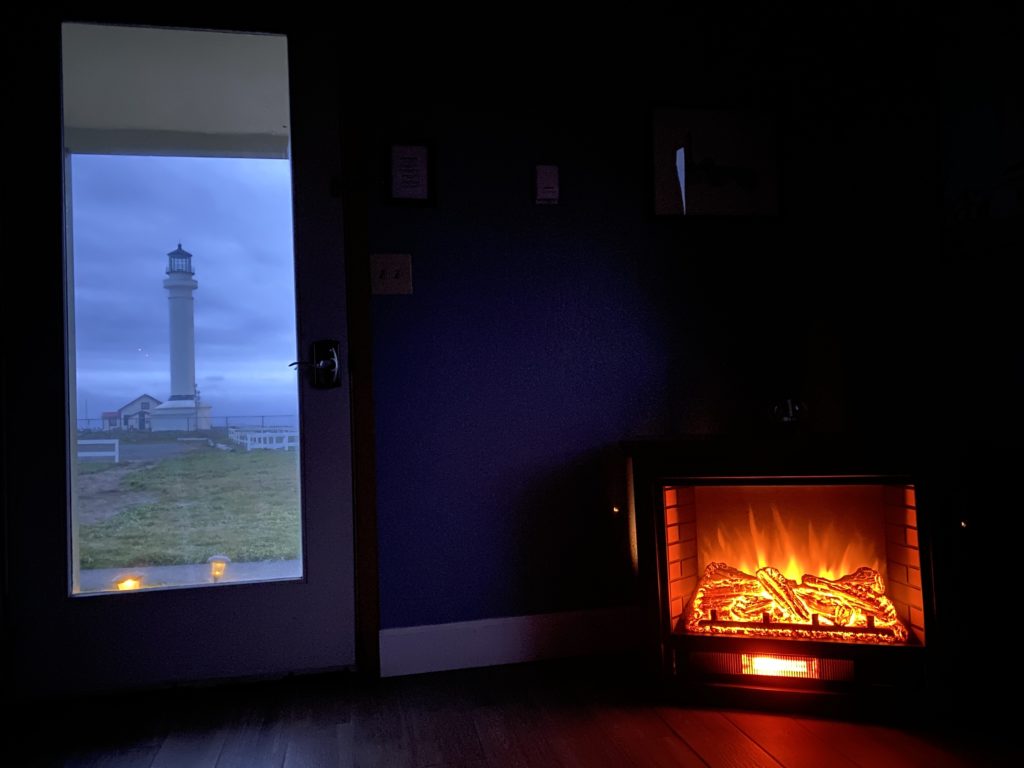I’m a huge fan of Nordic noir, and while some of the best Nordic TV shows have had limited runs on platforms like Netflix and Amazon Prime Video, it’s been hard to find an easy way to watch most of them. Inevitably, it requires traipsing around the murkier parts of the internet, or firing up a VPN to pretend you live in another country. But recently that’s changed with my discovery of two online streaming service dedicated to bringing foreign TV to international audiences.
OTT platforms for foreign TV
Topic and Mhz are both platforms that license foreign television shows, which are often hugely popular in their home countries but unavailable outside of them. They allow you to browse their catalogs by country, so you can binge on a region once you find something you enjoy. Topic positions itself more directly as a place to watch “crime shows” and has more of the Nordic options I was initially looking for. Mhz seems to be anchored around a large French catalog, but offers a wide variety as well. They also carry a limited number of movies.
Amongst their similarities is that they’re both built on the Vimeo OTT platform. The Vimeo website explains that OTT means “Over The Top,” industry jargon for delivering video straight to consumers without an intermediary like a cable platform. In practice, it means that Vimeo provides a tech platform for video delivery that includes white-labeled mobile, TV, and web apps along with a content delivery backend. This means that beyond some basic color and logo choices the two services look and work exactly the same. The design of the Vimeo OTT apps is not great — it’s lacking even basic features and has some questionable UI decisions — but it gets the job done.
The main value of Topic and Mhz bring is their licensing deals, although I’m watching a show right now that indicates Mhz owns the copyright to the English subtitles, so it appears that they go the extra mile to make content accessible when necessary. They’re also both reasonably priced ($5.99/mo for Topic, $7.99/mo for Mhz) and offer generous sign-up discounts.
Foreign TV show recommendations
On Topic, I have watched and recommend the following:
- The Minister (Iceland)
- The Bridge (Denmark) — first season also on Amazon Prime Video
- The Killing (Denmark)
- Follow the Money (Denmark)
- Through Greenland (Denmark)
- Helvetica (Switzerland)
On Mhz I mostly signed up in order to watch 3615 Monique (which has garnered the terrible name “Cheeky Business” for an international audience), a show set in 1980’s France centered around the launch of the Minitel. But I’m also excited about watching:
I mostly wanted to tell everyone about these new services, but there are also great international shows on more mainstream streaming services as well:
- Trapped (Iceland) — Amazon Prime Video
- The Valhalla Murders (Iceland) — Netflix
- Katla (Iceland) — Netflix
- Fortitude (Britain, set in Svalbard, filmed in Iceland) — Amazon Prime Video
- Borgen (Denmark) — Netflix
- Counterpart (Germany) — Amazon Prime Video
- Dark (Germany) — Netflix
- The Kettering Incident (Australia) — Amazon Prime Video
Finally, the show I’ve most enjoyed recently is is the Icelandic political drama Blackport. While it’s great to see that Topic recently acquired the streaming rights, it’s not yet available on the platform. In the meantime, if you can’t wait, you can stream it with English subtitles directly from Ruv.is as long as you run a VPN that makes it look like you’re in Iceland. While that doesn’t live up to the “easy” approach that this post is about, it’s honestly worth it for this one:
